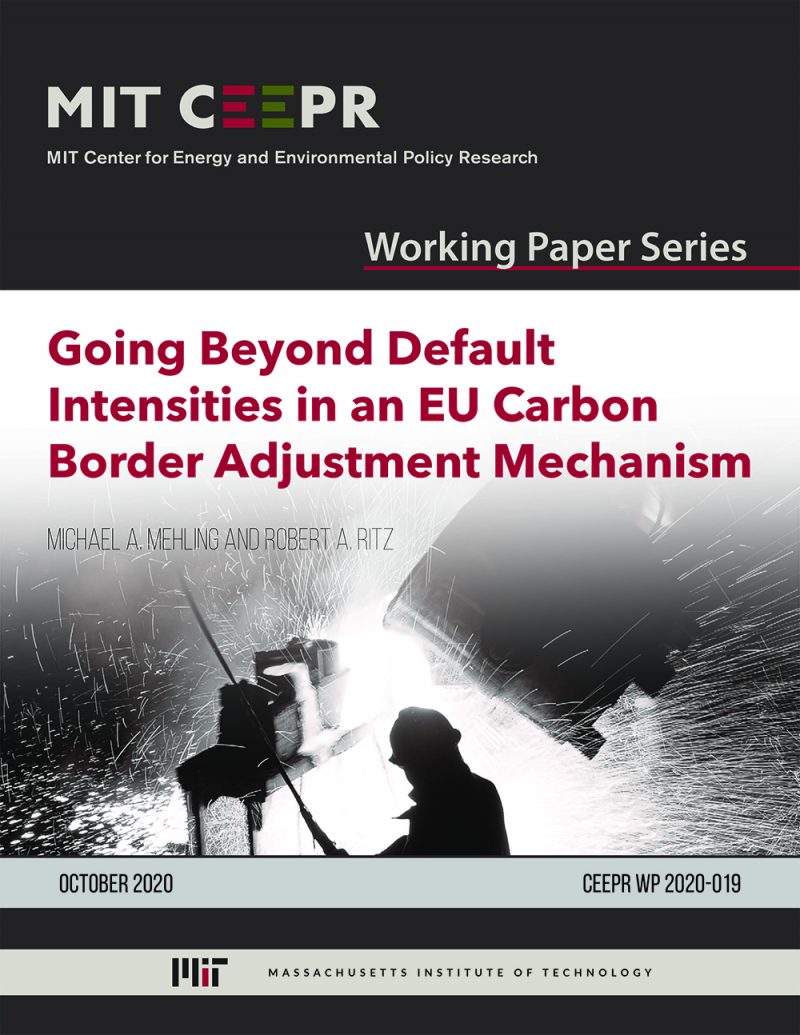Going Beyond Default Intensities in an EU Carbon Border Adjustment Mechanism
Michael A. Mehling and Robert A. Ritz
October 2020
As part of its Green Deal, the European Union is currently preparing a “Carbon Border Adjustment Mechanism” (CBAM). A CBAM applies carbon pricing to imports with the objective of mitigating concerns about carbon leakage. To reduce complexity, it is likely the EU will rely on “default” values in determining the carbon intensity of imports to which its CBAM will apply. In this paper, we suggest that a CBAM based solely on default intensities runs counter to the economic logic of carbon pricing by distorting the incentives for emissions abatement. Instead we propose a CBAM design with a voluntary “individual adjustment mechanism” (IAM) that allows producers to demonstrate that their actual carbon intensity lies below the default value. We argue that the use of an IAM captures additional economic benefits of carbon pricing—notably providing more efficient abatement incentives—and improves the overall legal prospects of a CBAM being found to comply with international law and WTO rules. We discuss practical considerations around the implementation of an IAM, and illustrate with a short case study on the steel sector.
Keywords: Border carbon adjustment, carbon pricing, Green Deal, international law, international trade
JEL codes: H23 (environmental taxes), K33 (international law), Q54 (climate change)



